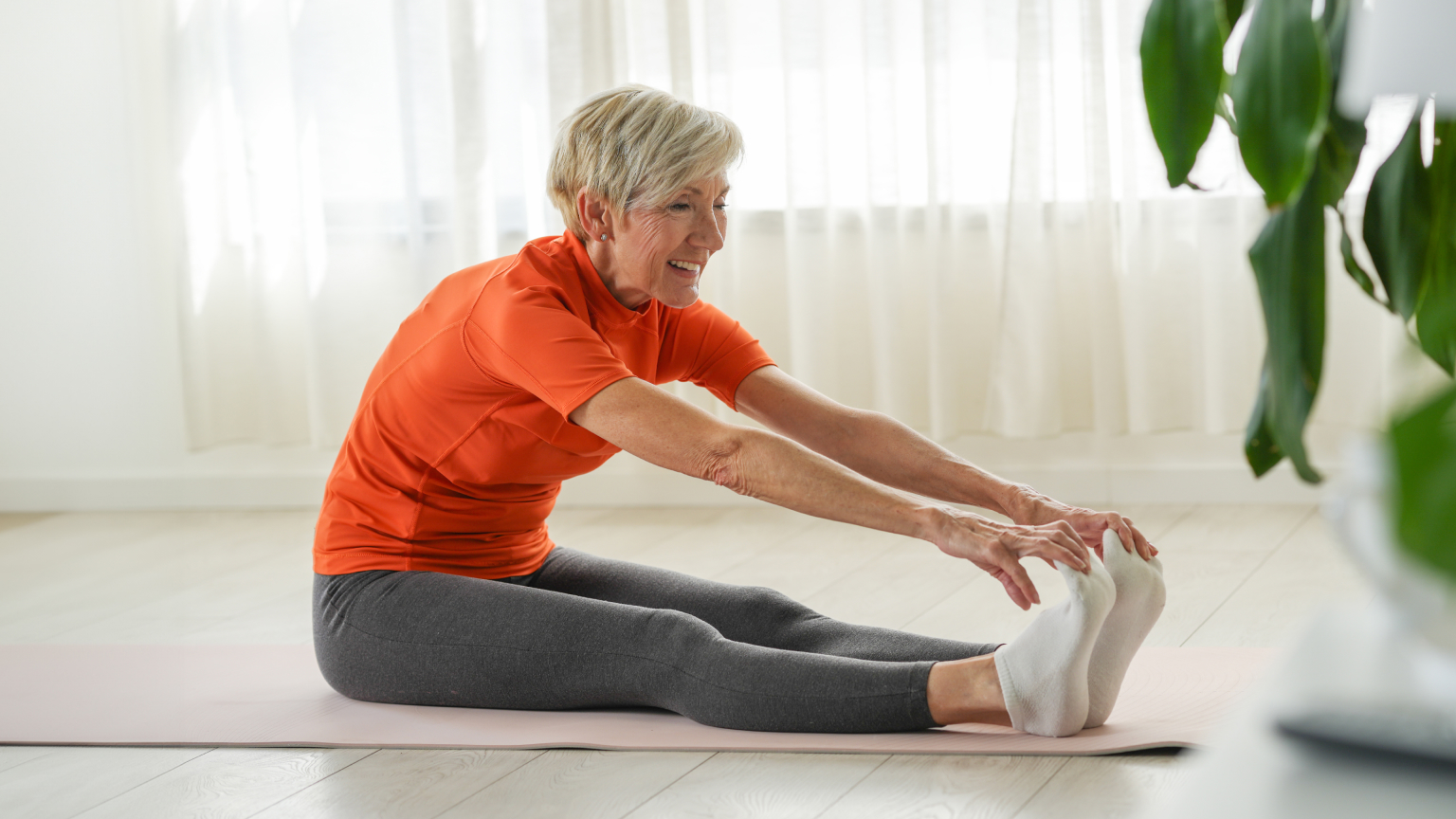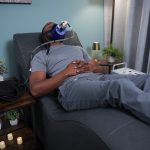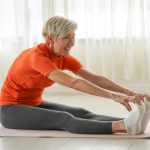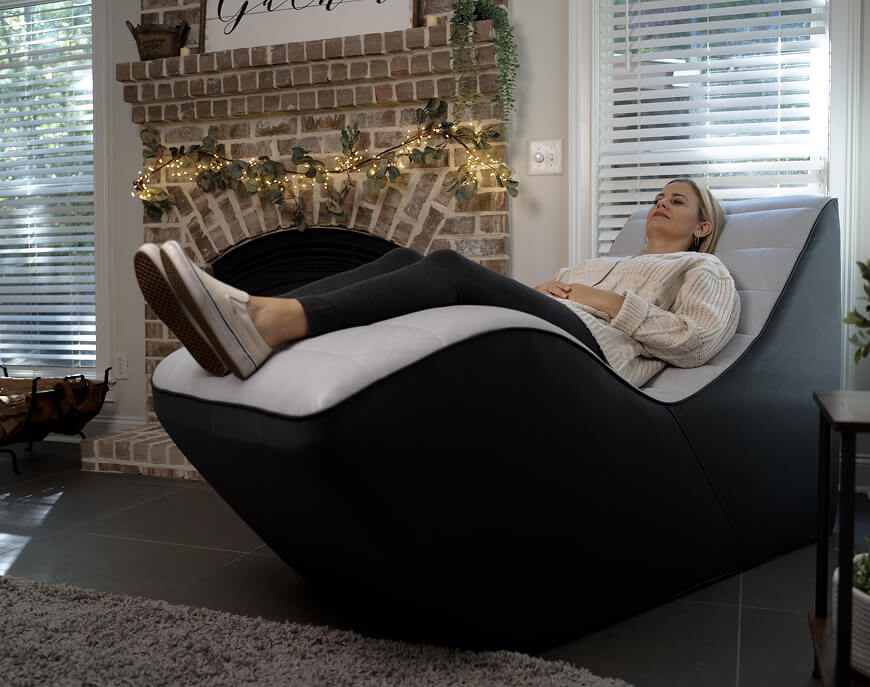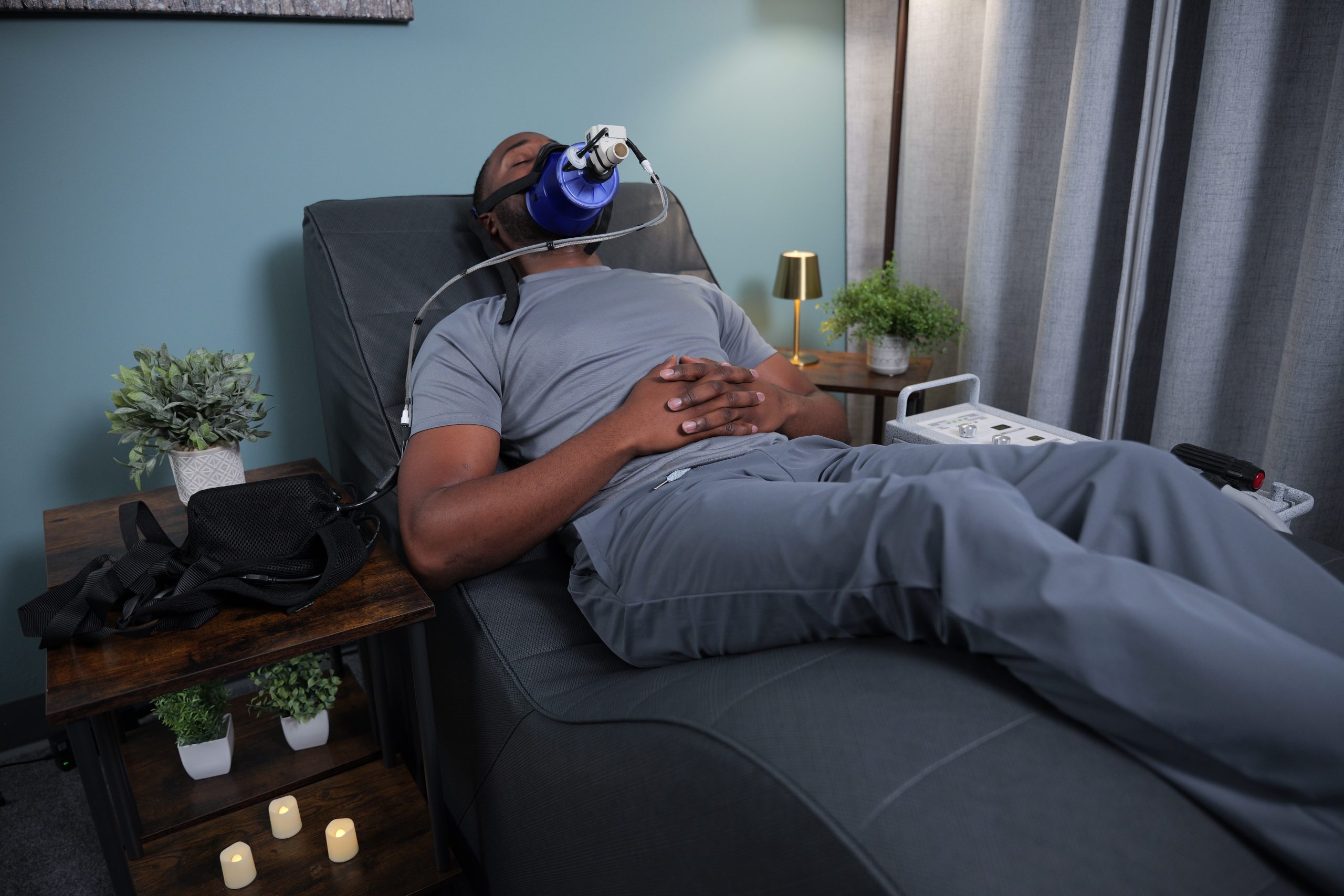Ever skipped recovery after a tough workout and paid the price the next day?
Unsure how to recover after a workout?
Maybe your muscles feel stiff and sore, or your energy levels are completely drained.
It’s a common mistake, but it doesn’t have to be!
In this guide, we’ll break down effective post-workout recovery tools to help you bounce back faster and stay consistent.
Get ready to elevate your fitness recovery routine – let’s dive in!
Why Recovery Tools Are More Important Than You Think
Recovery = Progress
When you push your body during a workout, you’re actually creating tiny tears in your muscles.
It’s during the recovery phase where muscle growth and repair happen.
Without a proper exercise recovery routine, you’re not giving your body the chance to get stronger or rebuild. This means your progress will stall.
Tools Make It Easier & Faster
The right muscle soreness tools help speed up the muscle recovery process. From reducing soreness to boosting mobility, these tools can make a huge difference. Not only do they help you recover faster, but they also support your consistency, ensuring you’re ready for your next workout.
Top Recovery Tools for Every Fitness Level
Here are the best tools for workout recovery:
Foam Rollers
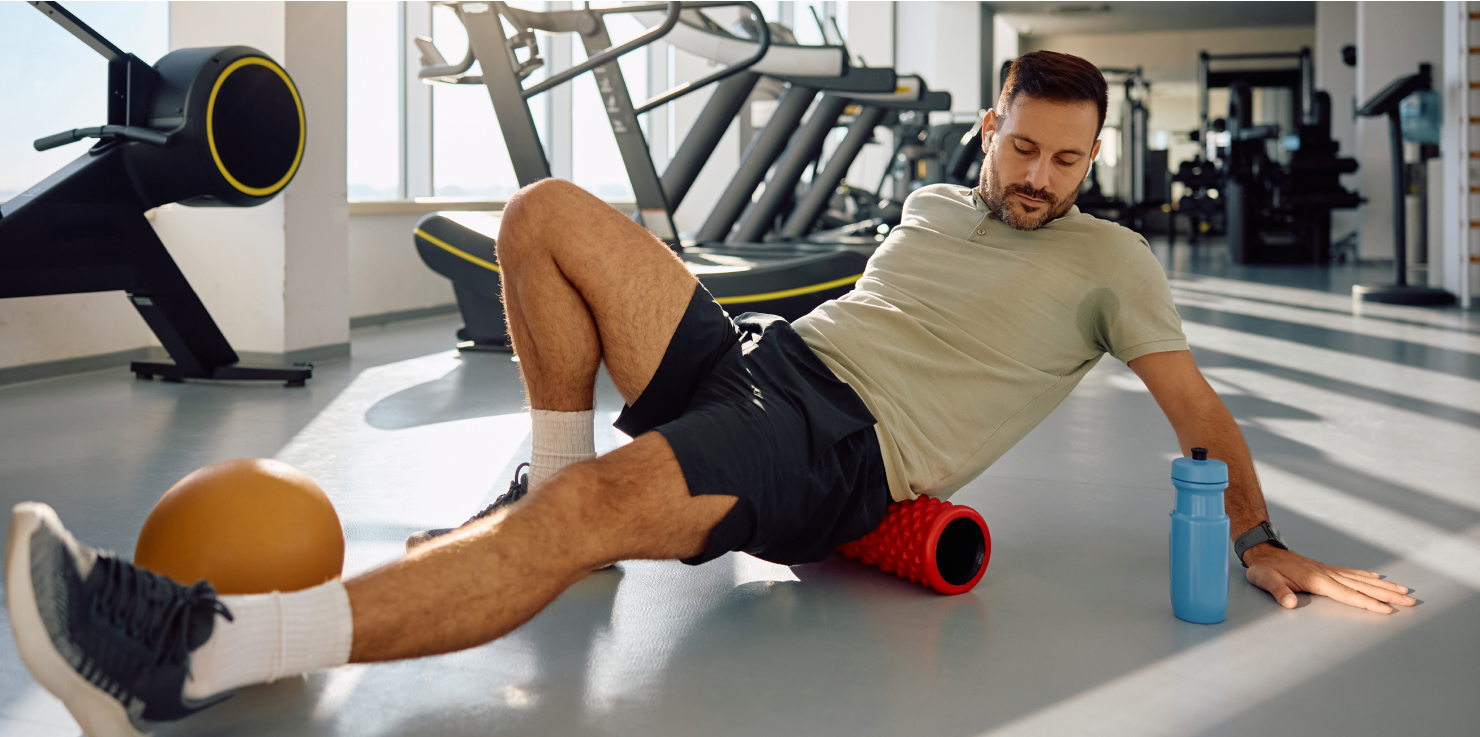
Foam rollers are an essential tool for fascia release and increasing flexibility. By gently rolling over tight areas, you can help release muscle knots, improve circulation, and reduce tension. This makes them a must-have for any fitness recovery routine!
Massage Guns
For deep tissue muscle recovery, massage guns are a game-changer. These handheld devices use powerful vibrations to penetrate deep into muscles, helping to relieve soreness, enhance blood flow, and speed up recovery. Perfect for those intense post-workout aches.
Cold Therapy Tools
Cold recovery equipment, like ice packs or ice baths, are fantastic for reducing inflammation and swelling. After a workout, these tools help calm down your muscles and joints, easing pain and helping your body heal faster.
PEMF Devices
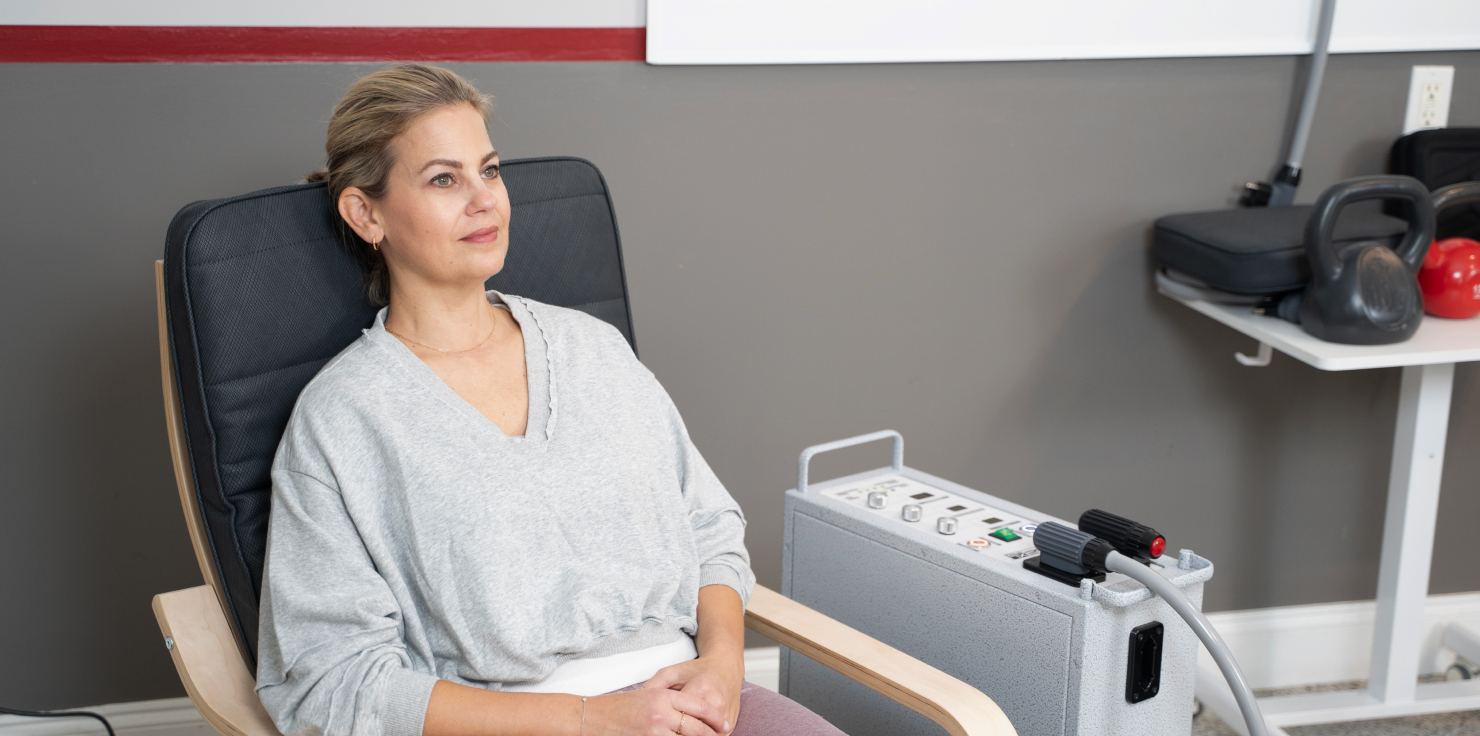
PEMF (Pulsed Electromagnetic Field) devices support cellular recharge and self-healing by sending electromagnetic pulses to your body. These pulses provide your cells with the energy they need to function at their best. This can promote deep tissue recovery, reduce muscle discomfort and pain, and even enhance energy levels!
Learn more about the powerful PEMF recovery benefits in this article.
Resistance Bands & Stretching Tools
Resistance bands and stretching tools are perfect for improving mobility and range of motion. They help you safely stretch muscles, increase flexibility, and prevent tightness, giving you the freedom to move more fluidly and reducing the risk of injury.
How to Build a Simple Recovery Routine
Recovery Timing
The ideal time to start your recovery routine is within 30–60 minutes after your workout. This is when your muscles are still warm, and your body is most receptive to healing and rejuvenation. The sooner you start, the quicker you’ll feel better and be ready for your next session.
Sample Routine
Here’s a simple, effective exercise recovery routine you can follow:
- Stretch: Start by gently stretching your muscles to improve flexibility and reduce tightness.
- Foam Roll: Use a foam roller to release muscle knots and increase blood flow to your tissues.
- PEMF Therapy: Follow up with a 15-20 minute PEMF session to help support cellular self-healing and deep tissue recovery.
- Hydration: Don’t forget to hydrate! Water helps flush out toxins and supports muscle function.
Customize to Fit Your Body
Recovery is personal, so feel free to adjust based on your soreness, the intensity of your workout, and energy levels. Some days, you may need a bit more time with stretching. Other days, you may feel like you need extra PEMF for deeper muscle recovery. Listen to your body and tailor your routine accordingly.
Recovery Tips Based on Goals
For Everyday Wellness
If your goal is overall wellness and staying active day-to-day, focus on gentle recovery techniques.
Foam rolling combined with light PEMF sessions can help keep your muscles flexible, reduce tension, and support long-term joint health.
For Athletic Performance

For those training hard and aiming for peak performance, recovery needs to be a bit more intense.
Add a massage gun to your routine for deep tissue relief. Plus, add cold therapy tools to reduce inflammation and muscle swelling.
And don’t forget about PEMF for athletes. You can make your PEMF sessions more intense by increasing the Magnetic Field Strength of your Pulse PEMF device to the highest tolerable level. You can also keep the Pulses Per Second rate around 3-5.0. This may help you recover more quickly, ensuring you’re ready for your next big training session!
For Rest Days
On rest days, it’s important to allow your body to fully recover. Set your Pulse PEMF device to a lower Pulses Per Second rate to promote cellular repair, paired with light stretching and breathwork. This combination can help your body recharge, so you’re ready for the next workout.
Mistakes to Avoid in Recovery
Skipping Recovery
It might be tempting to skip recovery, especially when you’re feeling good after a workout. But skipping recovery can delay your progress, increase your risk of injury, and leave your muscles feeling more fatigued. Recovery is just as important as the workout itself – don’t overlook it!
Using One Tool Only
While individual recovery tools can help, using just one won’t give you the best results. Layering different tools – like foam rolling, stretching, and PEMF therapy – provides more comprehensive support for your muscles and recovery process. Combine tools for better results!
Not Tracking Recovery
It’s easy to overlook how well recovery is working, but tracking your progress can help you identify what’s most effective. Use a journal or app to track your recovery routine and how your body responds. This will help you fine-tune your recovery process for the best results.
Choosing the Right Tools for You
Match Tools to Needs
Different recovery tools work best for different needs. Here’s a quick guide:
- Need an energy boost or deep tissue recovery support? PEMF devices
- Dealing with lingering soreness? Massage guns, cold therapy
- Want to improve mobility? Foam rollers, resistance bands
Choosing the right tool for your specific recovery needs will make a noticeable difference.
Budget vs. Premium Tools
Recovery tools come in a wide range of prices. Budget-friendly options like foam rollers or resistance bands are great for everyday use. Premium tools like high-end massage guns or advanced PEMF devices offer deeper recovery benefits but at a higher investment. Determine what fits your needs and your budget.
When to See a Pro
Sometimes, DIY recovery tools just aren’t enough. If you’re dealing with chronic pain, serious injury, or if you’ve tried various recovery methods without success, consult a professional. A physical therapist or recovery specialist can help assess your needs and provide personalized recommendations.
Smarter Recovery = Stronger Results
Recovery isn’t just a side note to your workout – it’s a crucial step to unlocking your full potential!
How you recover determines how fast you bounce back, how strong you become, and how consistent you stay. Choose recovery tools that align with your lifestyle and fitness goals, and build an effective routine that’s easy to maintain.
Ready to take your recovery to the next level? Explore the benefits of PEMF therapy and see how it can support your body’s self-healing process at a cellular level. Your best results start with smarter recovery!

